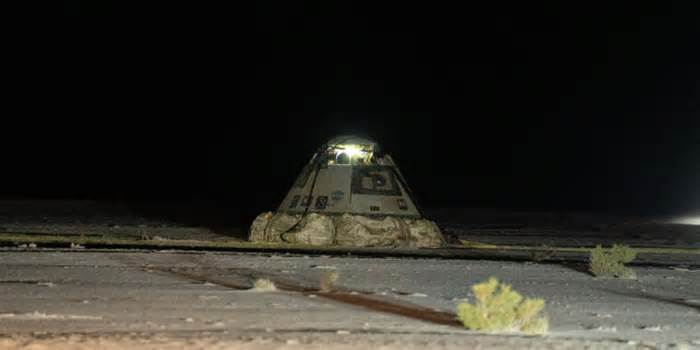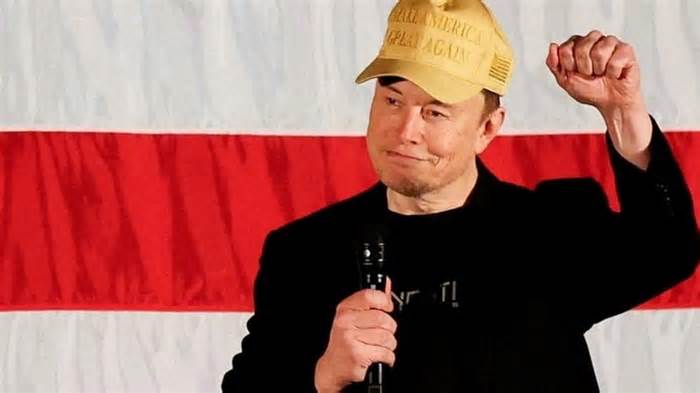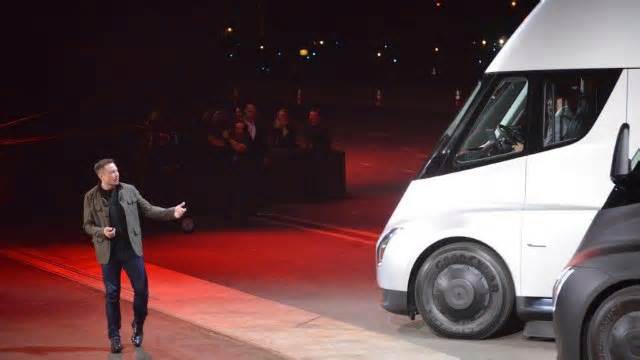
Leaving behind its crew, Starliner departs space station and returns to Earth
- by Ars Technica
- Sep 07, 2024
- 0 Comments
- 0 Likes Flag 0 Of 5

/ Boeing's Starliner spacecraft after landing Friday night at White Sands Space Harbor, New Mexico.
Boeing 6
Boeing's Starliner spacecraft sailed to a smooth landing in the New Mexico desert Friday night, an auspicious end to an otherwise disappointing three-month test flight that left the capsule's two-person crew stuck in orbit until next year.
Cushioned by airbags, the Boeing crew capsule descended under three parachutes toward an on-target landing at 10:01 pm local time Friday (12:01 am EDT Saturday) at White Sands Space Harbor, New Mexico. From the outside, the landing appeared just as it would have if the spacecraft brought home NASA astronauts Butch Wilmore and Suni Williams, who became the first people to launch on a Starliner capsule on June 5.
But Starliner's cockpit was empty as it flew back to Earth Friday night. Last month, NASA managers decided to keep Wilmore and Williams on the International Space Station (ISS) until next year after agency officials determined it was too risky for the astronauts to return to the ground on Boeing's spaceship. Instead of coming home on Starliner, Wilmore and Williams will fly back to Earth on a SpaceX Dragon spacecraft in February. NASA has incorporated the Starliner duo into the space station's long-term crew.
The Starliner spacecraft began the journey home by backing away from its docking port at the space station at 6:04 pm EDT (22:04 UTC), one day after astronauts closed hatches to prepare for the ship's departure. The capsule fired thrusters to quickly back away from the complex, setting up for a deorbit burn to guide Starliner on a trajectory toward its landing site. Then, Starliner jettisoned its disposable service module to burn up over the Pacific Ocean, while the crew module, with a vacant cockpit, took aim on New Mexico.
After streaking through the atmosphere over the Pacific Ocean and Mexico, Starliner deployed three main parachutes to slow its descent, then a ring of six airbags inflated around the bottom of the spacecraft to dampen the jolt of touchdown. This was the third time a Starliner capsule has flown in space, and the second time the spacecraft fell short of achieving all of its objectives.
Not the desired outcome
“I’m happy to report Starliner did really well today in the undock, deorbit, and landing sequence," said Steve Stich, manager of NASA's commercial crew program, which manages a contract worth up to $4.6 billion for Boeing to develop, test, and fly a series of Starliner crew missions to the ISS.
While officials were pleased with Starliner's landing, the celebration was tinged with disappointment.
“From a human perspective, all of us feel happy about the successful landing, but then there’s a piece of us that we wish it would have been the way we had planned it," Stich said. "We had planned to have the mission land with Butch and Suni onboard. I think there are, depending on who you are on the team, different emotions associated with that, and I think it’s going to take a little time to work through that.”
Nevertheless, Stich said NASA made the right call last month when officials decided to complete the Starliner test flight without astronauts in the spacecraft.
“We made the decision to have an uncrewed flight based on what we knew at the time, and based on our knowledge of the thrusters and based on the modeling that we had," Stich said. "If we'd had a model that would have predicted what we saw tonight perfectly, yeah, it looks like an easy decision to go say, ‘We could have had a crew tonight.' But we didn't have that."
Boeing's Starliner managers insisted the ship was safe to bring the astronauts home. It might be tempting to conclude the successful landing Friday night vindicated Boeing's views on the thruster problems. However, he spacecraft's propulsion system, provided by Aerojet Rocketdyne, clearly did not work as intended during the flight. NASA had the option of bringing Wilmore and Williams back to Earth on a different, flight-proven spacecraft, so they took it.
“It’s awfully hard for the team," Stich said. "It's hard for me, when we sit here and have a successful landing, to be in that position. But it was a test flight, and we didn't have confidence, with certainty, of the thruster performance."
Please first to comment
Related Post
Stay Connected
Tweets by elonmuskTo get the latest tweets please make sure you are logged in on X on this browser.
Sponsored
Popular Post
Tesla: Buy This Dip, Energy Growth And Margin Recovery Are Vastly Underappreciated
28 ViewsJul 29 ,2024






 Energy
Energy



















